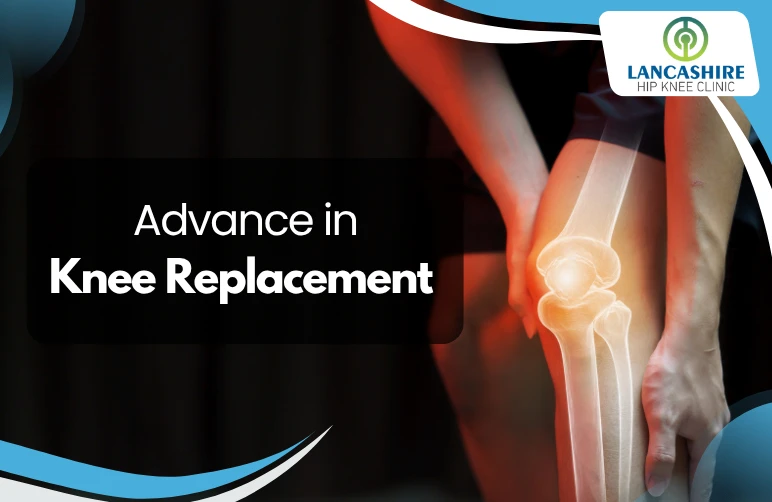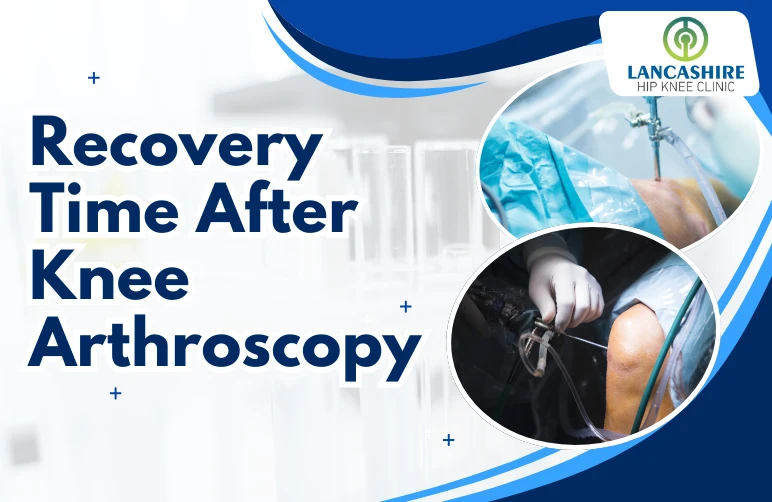Types of joint injections
Unfortunately, lots of patients suffer from painful joints. Pain in weight bearing joints like hips and knees is extremely common and may prove to be quite debilitating.
Joint pain often necessitates the need for clinical assessment and imaging studies (X-rays and/or MRI scans). Arthritis (wear and tear) of these joints is the commonest cause of joint pain. Other reasons for joint pain include inflammatory conditions, previous injury, ligament/tendon inflammation, etc.
Initial management of most of these conditions includes pain management, activity modification and exercises. If these fail to give any substantial benefit, joint injections have a role to play. Book an appointment at our clinic if you want to take any joint injections.
Joint injection has a role in a variety of situations including
- Mild to moderate arthritis
- Severe arthritis in young patient
- To delay the need for any major surgical intervention
- For short term benefit for important life events
- For early recovery following sports injuries
Different types of injection therapies are available and their use is tailored based on the clinical indication. These include:
- Corticosteroid injection – These injections help to reduce inflammation and provide pain relief. They are commonly used for arthritis.
- Visco-supplementation injection (lubricant injection to replenish the joint fluid) – These injections generally help with joint lubrication, joint movement and reduce pain.
- PRP injection (Platelet rich plasma injection) – PRP injections use the patient’s own blood platelets to promote heading and reduce inflammation.
- Hydrogel (Arthrosamid injection – for long lasting pain relief) – This type of injection helps as a cushion and lubricant within the joint and thereby helps with pain relief.
Indications for the different types of injections vary and I generally help patient decide, which is likely to be most useful based on individual requirements.
Ready to take the next step toward better joint health? Book an appointment with Dr. Kuntal Patel today.
Frequently Asked Questions
1. What is the most common joint injection?
Corticosteroid injections are the most common joint injections. They are often used to relieve inflammation and pain in joints affected by arthritis, especially in knees, shoulders, hips, and smaller joints.
2. Which injection is used for joint pain?
Steroid (corticosteroid) injections are widely used to treat joint pain. They reduce inflammation and provide temporary relief for conditions like osteoarthritis, rheumatoid arthritis, or bursitis. Relief may last weeks to months.
3. What is the best anti-inflammatory injection?
Corticosteroid injections are considered the best anti-inflammatory option for joint issues. They quickly reduce inflammation and pain in affected joints, offering relief from conditions like arthritis, tendonitis, and bursitis.
4. What is best for joint pain?
Treatment depends on the cause, but a combination of physical therapy, NSAIDs, corticosteroid injections, and lifestyle changes is effective. For severe pain, injections or surgery may be considered after medical evaluation.
Read More Blogs
Return to sports after ACL reconstruction surgery




